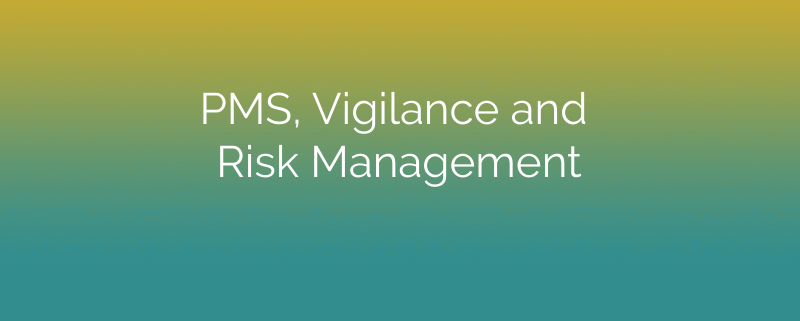Post-Market Surveillance (PMS) is more than complaint handling – it’s a strategic tool for patient safety, regulatory compliance, and continuous improvement. Under the EU MDR, a structured, proactive approach with strong links to risk management and authority dialogue is essential.
PMS has become a cornerstone of regulatory work under EU MDR 2017/745 and IVDR 2017/746. It’s not just about responding to incidents – it involves systematically and continuously collecting, analyzing, and acting on real-world data from medical device use, both from one’s own products and from competitors. The goal is to detect hidden risks, prevent recurring issues, and strengthen patient safety.
In my work with PMS and vigilance – both as a regulatory assessor at the Swedish Medical Products Agency (Läkemedelsverket) and as a consultant – I’ve seen how often PMS is mistaken for simple complaint handling. That’s a dangerous oversimplification. True PMS is integrated into the quality management system and requires collaboration with distributors, importers, and authorized representatives. Deficiencies in documentation, traceability, or training can lead to serious consequences, including recalls or regulatory intervention and, in the worst case, severe patient harm.
Five Common Pitfalls in PMS – and How to Avoid Them
- Insufficient documentation and traceability:
Missed safety signals can be costly. Establish clear processes for collecting, recording, and analyzing data. - Passive data collection:
Don’t wait for incidents to arise. Be proactive – use (e.g. real-world information from healthcare professionals using the device), PMCF/PMPF studies, and market feedback. - Neglecting old products:
Older products may develop new issues over time. Continue monitoring even years after market entry. - Lack of clear event investigation procedures:
When something happens – gather all relevant information, including the affected product, determine the root cause, update the risk analysis, and implement CAPAs. - Poor communication and training:
Your representatives, distributors, and resellers need the right knowledge to identify and report incidents in time.
Success Requires a Structured PMS Process:
- A clear plan for data collection, analysis, and reporting.
- Continuous monitoring of all products – including those already in use.
- Engagement in regulatory dialogues with authorities and notified bodies for quicker risk mitigation and transparency.
- Alignment with guidance documents such as MDCG 2023-3.
- Sufficient resources – with the option .
Final Note
PMS reflects an organization’s approach to quality. It’s about viewing issues as opportunities for learning and improvement – not as failures. An active and effective PMS system is not just a regulatory requirement; it’s essential to protect both patients and your company’s future.
Contact us to learn how we can support you with PMS strategy, documentation, training, and regulatory guidance – so you can focus on what matters most: safety.


